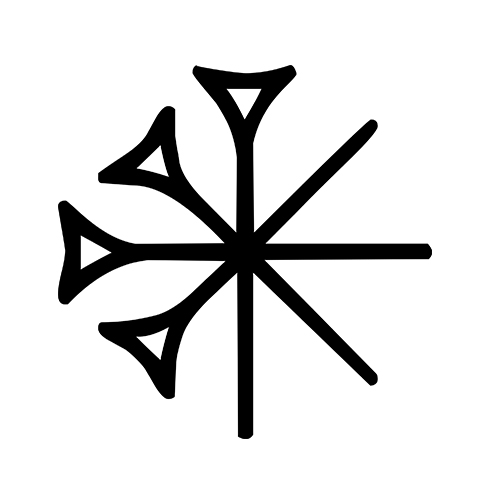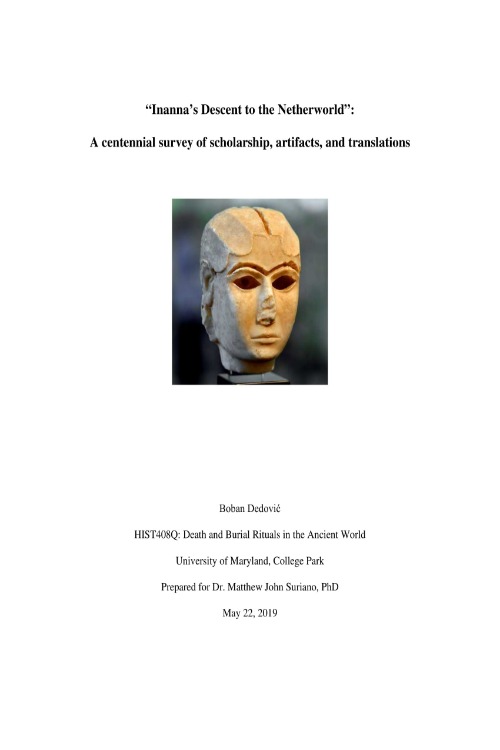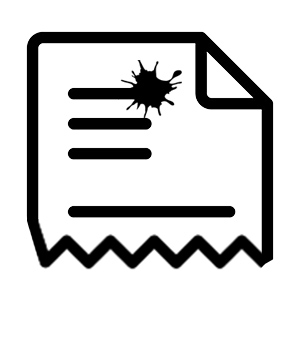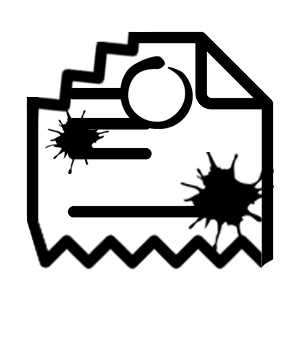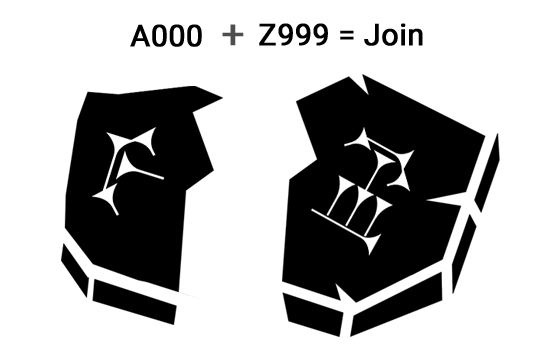UET VI 8 (published as UET 6/1 8) is a clay cuneiform tablet that contains lines 114-121 (column I), 164-181 (column II), and 265-278 (column III) of "Inanna's Descent to the Netherworld," a Sumerian afterlife myth. The name UET stands for Ur Excavation Texts, which comes from the fact the artifacts were discovered by excavations in Ur (modern-day Iraq) in the 1920s. Two other important UET artifact collections also belong to this same family of discoveries and publications: UET VI 10 and UET VI 9.
The UET VI 8 artifact doesn't provide very many translated lines of "Inanna's Descent." However, these additions are still important because they clarify and reinforce translations from other artifacts. The initial publication of these artifacts was done via the British Museum in 1963, 1966, and finally in 2006. The artifacts are currently located at the British Museum in London.
Artifact discoveries at Ur
The UET artifacts were discovered in the 1920s and 1930s under the excavation leadership of Sir Leonard Woolley, a British archaeologist, who led the expedition on behalf of the British Museum. The British Museum published three separate works that detailed images of the artifacts.
- 1963: Gadd and Kramer, UET 6/1.
- 1966: Gadd and Kramer, UET 6/2.
- 2006: Shaffer and Ludwig, UET 6/3.
Samuel N. Kramer and Cyril J. Gadd published most of the artifacts in their two works, while Aaron Shaffer and Marie-Christine Ludwig published the rest fifty years later. Because of the deeply fragmented nature of the artifact(s), it's difficult to know exactly which fragment was published in which year. In commenting on the discoveries in 1977, Kramer noted how fragmented the artifacts were as well as how little Sumerian literature was found.




